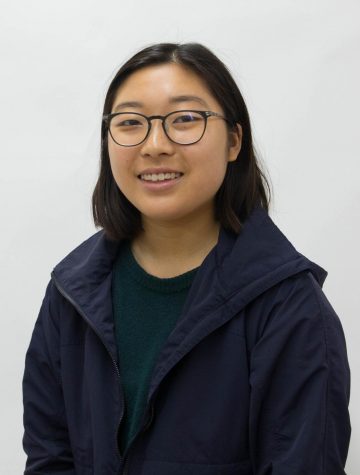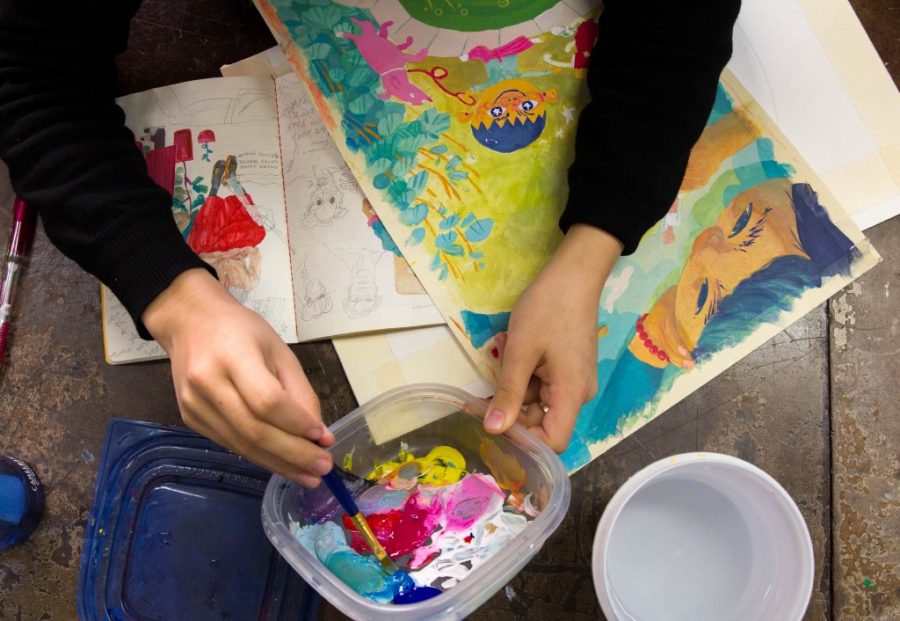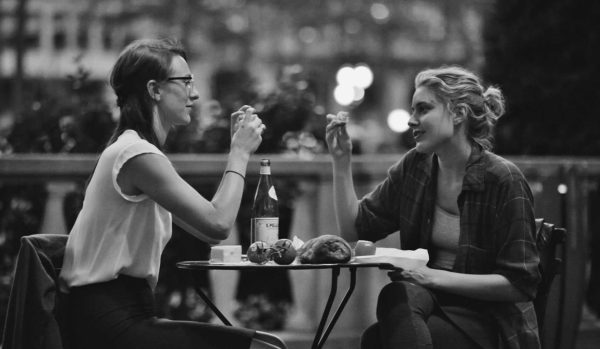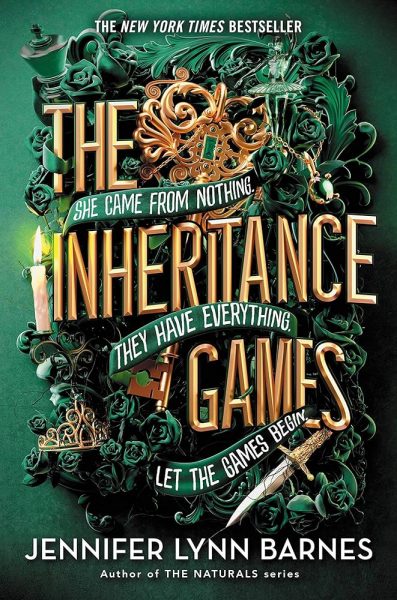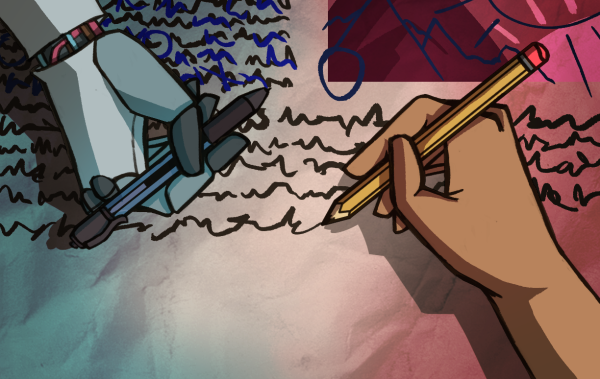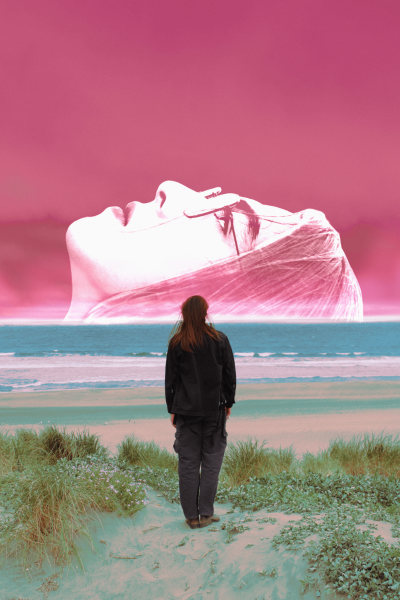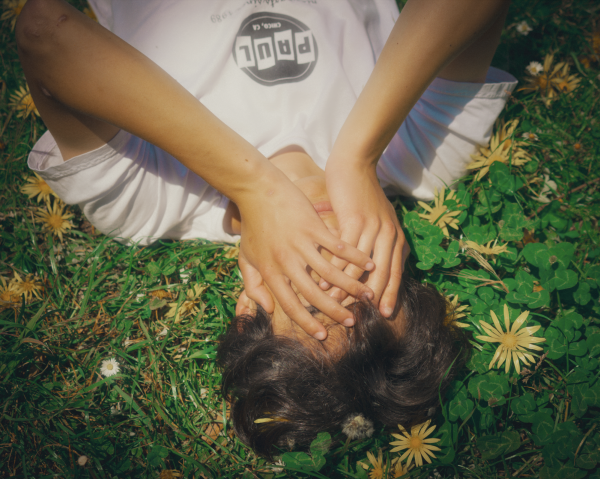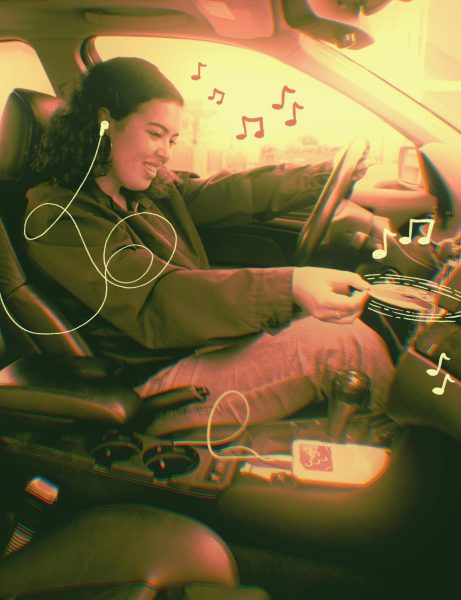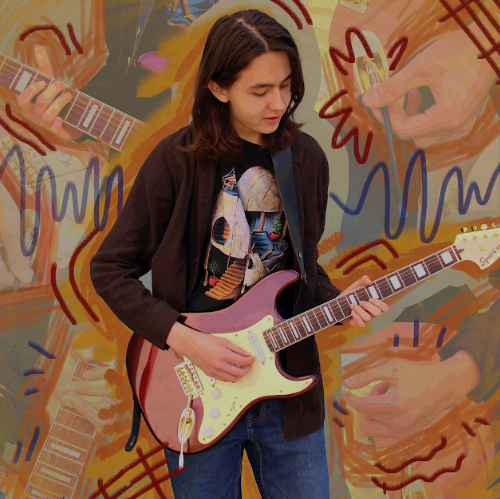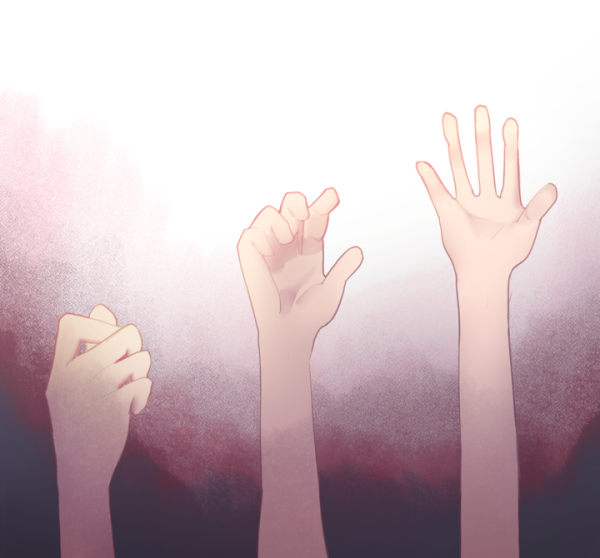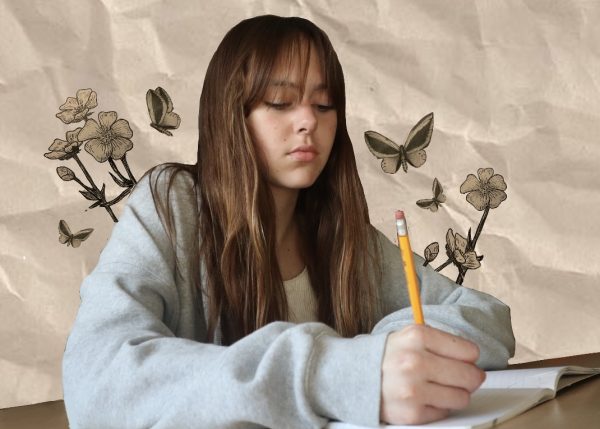Why are the arts underrated?
Senior illustrator Hannah Cosselmon works on her college art portfolio.
Lowell High School is known throughout the district and the country to be an academically focused, competitive and stress-inducing school. Every year, over a thousand Lowell students take multiple Advanced Placement courses and continually strive to produce high GPAs in order to keep up with increasing pressure from colleges, even if it means compromising their health and well-being. Although the school has delivered academically successful results that can be seen in test scores and college attendance percentages, many students put non-academic courses — particularly the Visual and Performing Arts — on the backburner. However, VPAs are actually very important for students because of the many benefits and skills that can be gained through creating art, including self-expression, stress-relief, and learning to collaborate with others. Students and the district need to stop viewing VPAs as throwaway classes. By appreciating and advocating for the arts and extending the VPA requirement, it will benefit students and society as a whole.
Lowell currently offers 10 types of arts courses: drama, choir, studio art, dance, technical theater, architecture, photography, ceramics, band and orchestra. Students are only required to take one year of art in order to graduate, according to San Francisco Unified School District’s graduation requirements. This has led to many devaluing the arts or viewing VPAs as just another requirement rather than important classes.
One might ask, “Why are VPAs so important?” Although many Lowell students may not think about art on a daily basis, the process of creating art is incredibly valuable and should be more integrated into students’ lives. According to a recent study by Education Week, creating art develops critical thinking, and promotes creativity, empathy and tolerance.
Additionally, VPAs contribute to academic success and societal involvement. According to a study by the National Endowment for the Arts, youth living in low socioeconomic conditions who had received a more in-depth arts education tended to have better academic outcomes compared to those who had not received a quality arts education. High-arts, low socio-economic status students were also more likely to partake in school extracurriculars such as sports teams, academic honor societies and school publications. Overall, not only does having a good arts education impact academics, students who have had quality arts education in high school are more likely to participate in society at large, whether through volunteer work, voting or being engaged in school and local politics.
Creating art develops critical thinking, and promotes creativity, empathy and tolerance.
Junior Abby Falk, who is in AP Studio Art: 3-D Design, has been creating art ever since she can remember. For her, art has been a way to express herself and interpret the world. Before coming to Lowell, Falk was homeschooled, and the transition to attending public school was a jarring experience. As a Lowell student, she uses her craft as a way to feel grounded. “It was an anchor point in my life as it could help me interpret the change,” she said. “Having a space to express myself and let my feelings out every day is super great.”
Having the opportunity to take art at Lowell for several years has benefitted not only Falk but also her peers. The art room is a happy place where students can go to express themselves, make friends and relieve stress, according to Falk. “It really does better people’s lives, and seeing people interact in that environment you can see that a weight has been taken off their shoulders,” she said.
Falk has been fortunate to have been encouraged by her parents, friends and teachers to pursue art. However, others are not so lucky. “In sophomore and freshman year, I would talk to people a lot about my art classes, and they would say how they were interested in that but they were never encouraged in their homes and it was something they never had the confidence to do,” Falk said.
“It’s a societal issue because often we don’t see artistic expression as a form of success.”
This lack of encouragement for the arts is also the fault of the district, which values academic classes over VPAs. As a result, students who may be more artistically inclined feel as though their interests are less valued in their education. “Every year students are pressured by the district to take more math and science classes,” Falk said. “It’s a societal issue because often we don’t see artistic expression as a form of success.”
In order to get more students involved in the arts, AP Studio Art teacher Kirsten Janssen has been fighting for increasing the VPA requirement for years. When Janssen began teaching at McAteer High School in 1993, the VPA requirement was two years. The district later cut the VPA requirement to just one year, due to lack of funding. Although Janssen has been advocating for more emphasis on VPAs, her efforts have been largely disregarded by the district. “Every meeting I go to, [the district] always tells us how important the arts are — how it infuses life in every kid — but it is never acted on,” she said.
Janssen has even gone as far as to talk to University of California Regents about the VPA requirement. “The best thing to happen for the arts would be for the UC Regents to recommend two years of arts,” she said. “I’ve tried, I went to a dinner and talked with them and I chummed it up. They wouldn’t take the bait.”
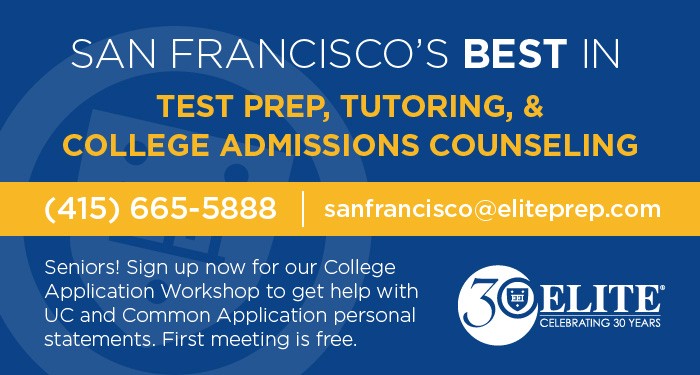
VPAs have also suffered through obstacles such as time and money constraints. According to a survey published by the Visual and Performing Arts’ (VAPA) Master Plan — which outlines a plan to integrate the arts into students’ daily curriculum — 77 percent of principals said that time and/or money were the “most significant obstacle(s) to comprehensive and sequential arts education.” The principals surveyed stated that their school budget allocates less than one percent to arts education. As the budget is tight, some musical instruments at schools have not been repaired or replaced since the 1970s.
It is not just school faculty members who want to see more arts education being embraced. Parents who were surveyed said they were “disappointed with the lack of dance and drama classes, wished every school had musical instruments, wanted more music and visual arts instruction, and called for elective art classes in high school.”
“Every meeting I go to, [the district] always tells us how important the arts are — how it infuses life in every kid — but it is never acted on”
However, there are solutions to this issue. VAPA’s Master Plan encourages partnerships between teachers, artists and those involved in the art community to collaboratively plan curriculum. Another viable solution is to make the arts programs at schools more visible. Currently, Ms. Janssen’s AP art classes host an annual arts fair along the catwalk. Students showcase and sell their work to students, teachers and faculty. The fair not only raises more funds for the arts programs but also exposes the school community to the talent of their peers. Other exhibitions at the school include dance performances, plays, musicals and concerts, all of which contribute financially to keeping VPAs programs at Lowell running.
By promoting VPAs through increased visibility and further emphasizing the importance of art with longer requirements, we could integrate art into students’ lives more.
